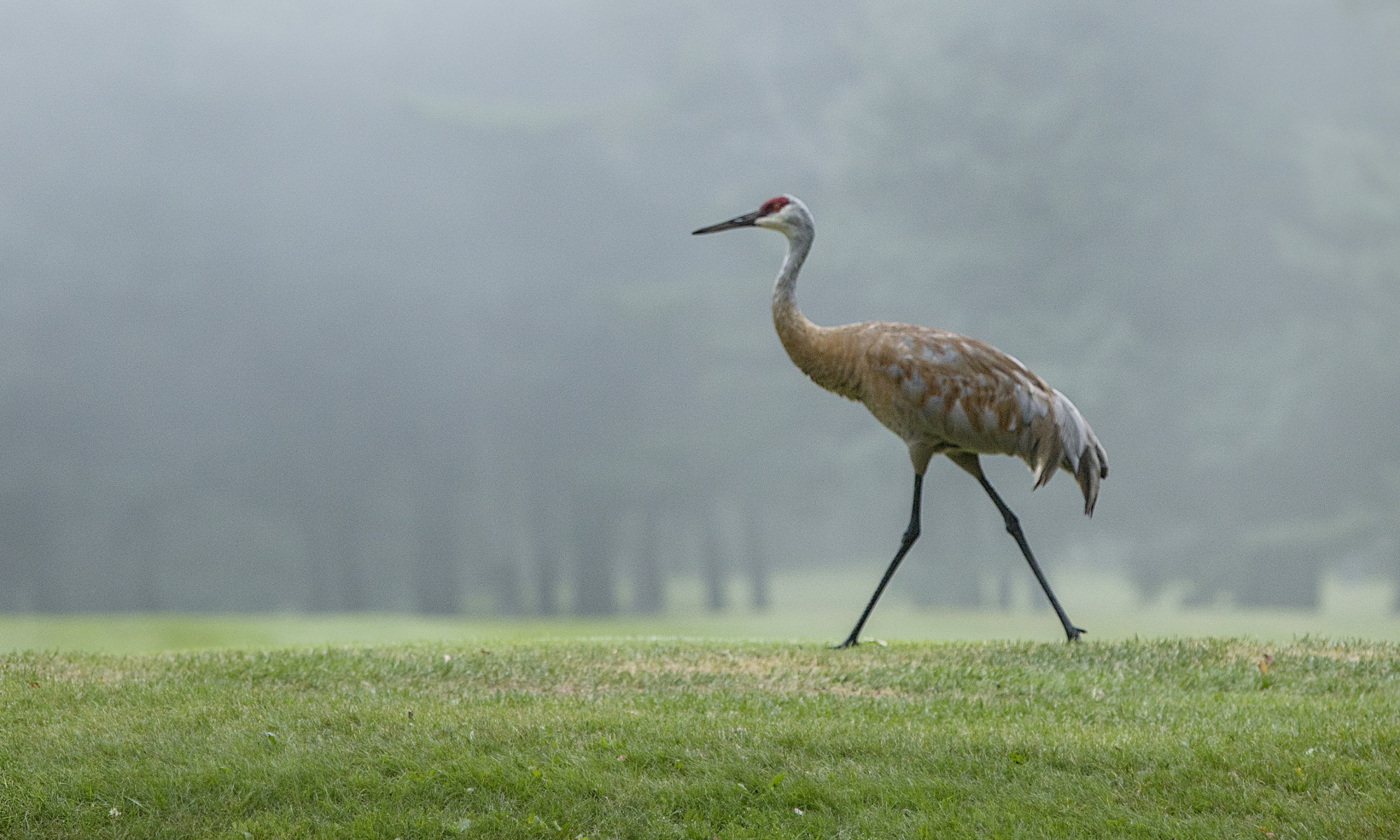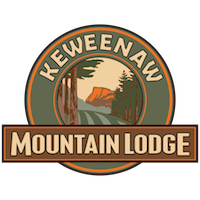Birding is a great activity. It is mindful and stress-reducing, educational and active. Birding can be done nearly anywhere, in any season, and with a minimal investment in equipment (usually only needing a pair of binoculars and a guidebook or app to aid in identification).
If you are an avid birder or just simply enjoy hearing bird song in the morning, experiencing our forested trails and the many birds which call the Keweenaw Mountain Lodge home will be blissful.
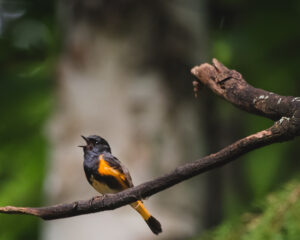
The Keweenaw Mountain Lodge, and the surrounding area, is a wonderful spot for bird lovers. We are geographically located near the tip of the Keweenaw Peninsula, a natural migratory corridor for many bird species to cross Lake Superior that acts as if it were a migrating bird “magnet“. The variety of habitats located on premises (e.g., mixed-mesic forests, wetlands, and open land) combined with our proximity to Lake Superior’s shoreline, offer birders the opportunity to see a wide variety of birds in a relatively small area of land. Over 300 different species of birds have been spotted within the surrounding 5-mile radius from the lodge.
Keweenaw Mountain Lodge Trails
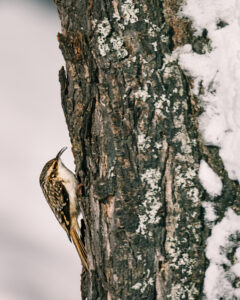
Additionally, the golf course closes at 7:00pm and birders are welcome to walk the golf course in search of birds. Please stop by our Outdoor Activities Center for more information.
Bird Checklists
A bird checklist is a list of all the different bird species which have occurred within a specific area and serves two purposes for birders:
-
- A means of knowing what birds they are likely to encounter in a given area.
- A way to keep a tally of which birds have been seen
Use this link to print a copy of the “Checklist of Birds of the Keweenaw Mountain Lodge” seen below.
[pdf-embedder url=”https://keweenawmountainlodge.com/wp-content/uploads/2022/04/Checklist-of-the-Birds-of-the-Keweenaw-Mountain-Lodge.pdf” title=”Checklist of Birds of the Keweenaw Mountain Lodge”]
Copper Country Audubon has also published two regional checklists which function well for our properties.
-
- Laurence Binford’s Birds of the Keweenaw checklist.
- Scott Hick’s Field Checklist of Birds of Michigan’s Upper Peninsula.
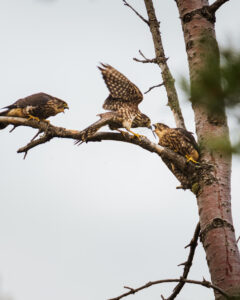
By uploading and using one (or both) of these apps, and identifying observations while at the Keweenaw Mountain Lodge, birders will see and provide multiple benefits:
-
- Birders will develop a running, digital, checklist for themselves of species they have observed.
- For species that a birder cannot identify, the greater communities of iNaturalist and/or eBird will aid in species identification (typically not immediately, though).
- The Keweenaw Mountain Lodge will be able to use data collected with these apps for developing and maintaining a record of all species encountered on the property.
- The Keweenaw Mountain Lodge will be able to use the data collected with these apps for managing specific habitat and ecological projects occurring on the property (e.g., Audubon Cooperative Sanctuary for Golf, interpretive walking/cross country ski trail development, and creating a bird checklist for guests to use).
- The data collected with these apps can be used by scientists, worldwide, to monitor species abundance, diversity, and migration patterns.
Seasonal Variations in Bird Species at the Keweenaw Mountain Lodge
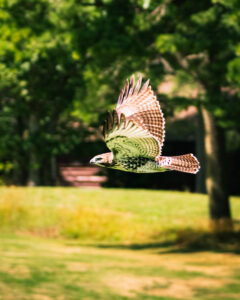
Springs tend to be brief and cool but that usually results in the neotropical migrant birds moving through the area before leaves emerge on the trees – giving birders an easier chance to see these otherwise challenging birds to spot. Summers tend to be sunny and mild, with early sunrise and sunset times, providing birders with extended time “in the field.” Autumn conditions usually arrive as early as mid- to late-September, giving the potential of a backdrop of blazing color to accent raptor migrations.
Migrating raptors are able to be witnessed from the, nearby, Brockway Mountain scenic overlook. Although spring migration often brings greater numbers of migrating raptors past the Brockway Mountain Scenic Overlook, the accessibility of Brockway Mountain’s summit for witnessing the fall migration tends to be less challenging. This is because deep winter snow typically covers the land from Thanksgiving to late April. Each spring, the Keweenaw Bird Research Group conducts a survey called the Brockway Mountain Hawk Watch, during which the volunteers for the project see thousands of migrating hawks and other species of birds
Species tolerant of the harsh winter conditions (e.g., Black-capped Chickadees, White- and Red-breasted Nuthatches, Common Ravens, and Blue Jays) usually remain throughout the winter. However, we also often see more typically “boreal” species choosing to visit in winter, including: Boreal Chickadees, American Three-toed Woodpeckers, Pine Grosbeaks, Snow Buntings, Redpolls, White-winged Crossbills, and (possibly) the occasional Boreal Owl.
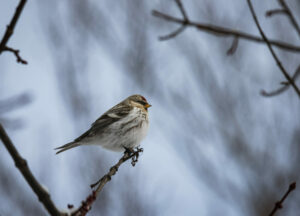
The Brockway Mountain Drive Wildlife Sanctuary and the Lake Bailey Audubon Sanctuary are just a 10 mile scenic drive from the Lodge. Likely sightings include Broad-winged Hawk, Sharp-Shinned Hawk, and the occasional Peregrine Falcon, Bald Eagle or Golden Eagle.
Additional Nearby Birding Locations
-
- Mary MacDonald Preserve at Horseshoe Harbor
- Hunter’s Point Park
- Brockway Mountain
- Summit Scenic Overlook – (Designated by the Audubon Society as a Michigan Important Bird Area)
- Brockway Mountain Drive Wildlife Sanctuary
- James H. Klipfela Memorial and John J. Helstrom Nature Sanctuaries
- James Dorian Rooks Memorial Nature Sanctuary at Garden Brook
- Eagle Harbor Township Trail System
- Redwyn’s Dunes Nature Sanctuary
- Helmut & Candis Stern Preserve at Mt. Baldy
- Lake Bailey Audubon Sanctuary
- Keweenaw Shore and Upson Lake
- Estivant Pines Wilderness Nature Sanctuary
- Bete Gris Preserve
- Russell and Miriam Grinnell Memorial Nature Sanctuary at Bare Bluff
